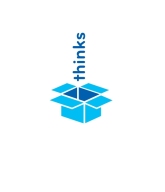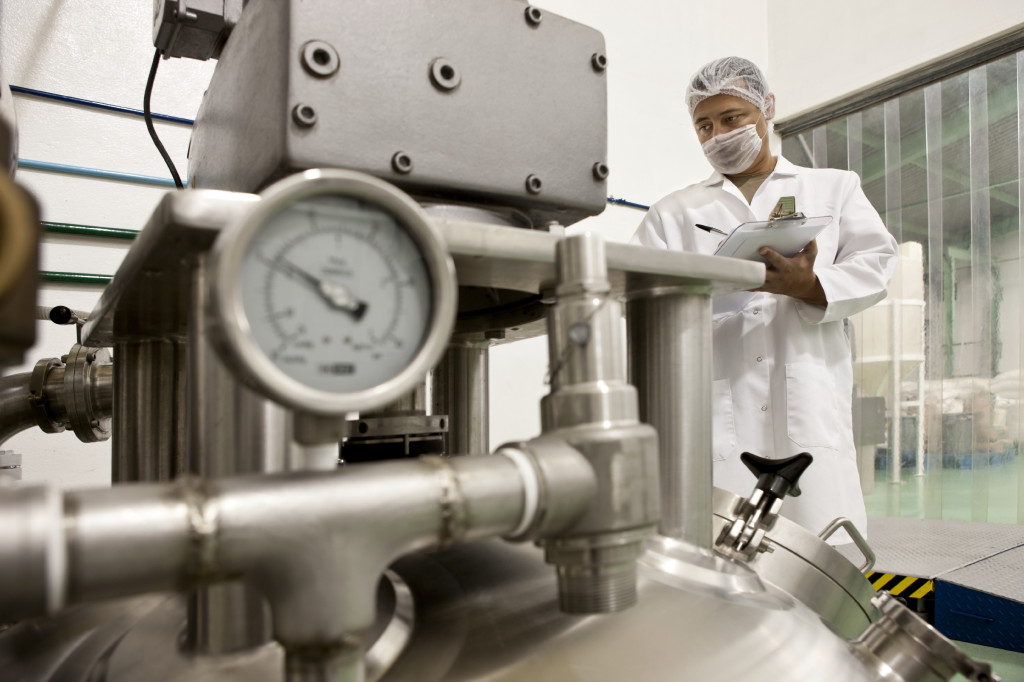Interesting case:
(c) https://www.industryforum.co.uk/resources/case-studies/tpm-application-fresh-food-processing/
TPM application in Fresh Food Processing
Applying Focussed Improvement and Autonomous Maintenance to increase yield and throughput
Background
The client processes fresh natural raw material to prepare for further processing at another internal business unit. The process is labour intensive, but relies on a handful of key machines to keep productivity globally competitive. The site believed they were close to achieving the theoretical maximum yield from the product although the process yield and efficiency regularly changed and was believed to be due to differences in natural raw materials.
The Challenge
There are many factors that affect the yield and performance of the process, not least the impact of the size and texture of the natural products arriving direct from their harvested environment. The team were aware that the raw material variation could be used as an excuse for variation in performance, and set out to prove which of their process inputs were significant to the yield and throughput. The throughput rates needed to improve to remain competitive and the standard yield target had not been altered since the era when products were processed purely by hand.
The Objectives
The client group have a corporate approach to continuous improvement which incorporates Lean manufacturing, six sigma and Total Productive Maintenance principles. The site team had limited experience of applying the improvement tools, so required support to implement the tools to improve the team’s understanding and control of the process.
The Industry Forum Solution
Recognising the size of the site and the amount of resource available for improvement activities, Industry Forum facilitated a Loss Tree Workshop to understand the current losses seen in the process. This highlighted a key machine to run a Focussed Improvement Workshop and an Autonomous Maintenance Workshop in the initial processing area of the factory. Time was spent analysing the differences between machines and raw materials to pinpoint several causes of variation in the process. The 4M (Manpower/Machine/Material/Method) inputs were considered and a matrix created to highlight what potential variations needed to be fully understood in terms of their impact on the process performance. Carefully controlled trials were designed and performed by the team to further understand the variation sources. After full analysis of the trial results, several solutions were implemented:
- Grading of the raw material introduced
- Standardisation of optimum machine settings matched to material size
- Introduction of Autonomous Maintenance checks to ensure optimal equipment conditions
- Equipment improvements through modifications to rollers and trays as well as replacing worn components
- Modifying the team structure to allow better process control and data analysis
- Specification of a raw material freezing method designed for optimal yield
- Improvement of data collection documentation and elimination of duplication
The 18 day programme has generated savings of £175k through the combined impact of increased throughput (+2%) and yield (+2%) achieved. Based on the improvements a new standard yield target has been set at the highest ever level.































